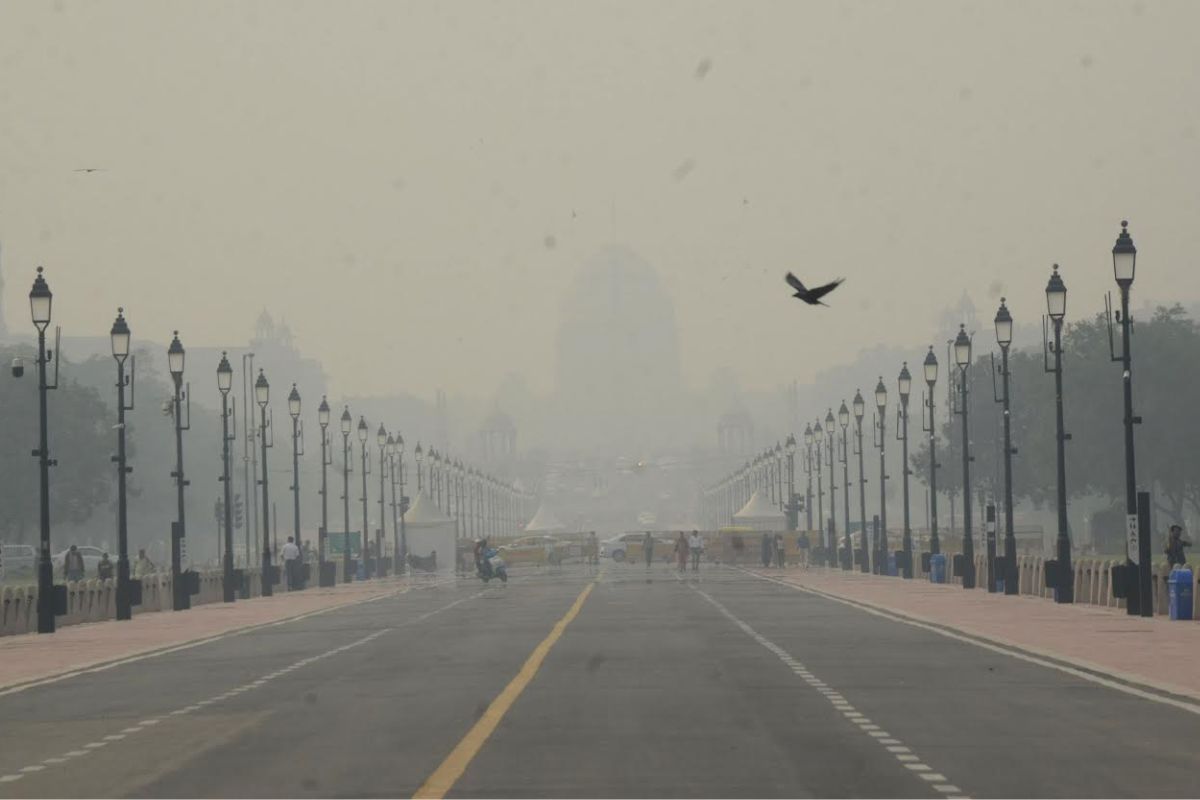Relief for Delhi’s residents, AQI improves from ‘poor’ to ‘moderate’
According to the Central Pollution Control Board's (CPCB) daily AQI bulletin, city's index value on Wednesday was 178, reeling under the moderate zone.

According to the Central Pollution Control Board's (CPCB) daily AQI bulletin, city's index value on Wednesday was 178, reeling under the moderate zone.

With the onset of winter, Asansol's Air Quality Index (AQI) has deteriorated significantly, with air pollution levels reaching alarming levels in recent days.

Delhi’s average air quality index on Sunday continued to be in ‘very poor’ zone with a reading of 331, according to the Central Pollution Control Board (CPCB).

The Graded Response Action Plan or GRAP is categorized into four stages – Stage I, Stage II, Stage III and IV.

The air quality in Gurugram also remained in the 'poor' category as the city recorded an AQI of 228. While the AQI in Noida was recorded at 201, which was in the poor zone. In IIT Delhi, the AQI was 197 marginally little away from the poor category.
Participating in a discussion on 'Air Pollution and Climate Change', Mann said farmers should be encouraged to grow crops like pearl millet (bajra) and sunflower as they do not leave stubble after harvest.
For the general public, SAFAR advised stopping the outdoor activity in the early morning and after sunset.
The national capital witnessed a dip in pollution levels on Saturday morning even as the air quality in the city remained in the "severe" category.
The forecast also said that the drizzle delayed the recovery and improvement to the ‘very poor’ category is now expected only by Sunday.
Delhi’s air quality index (AQI) is at emergency levels again on Wednesday with an overall count of 476 and not much relief is expected for the next two days till Friday.